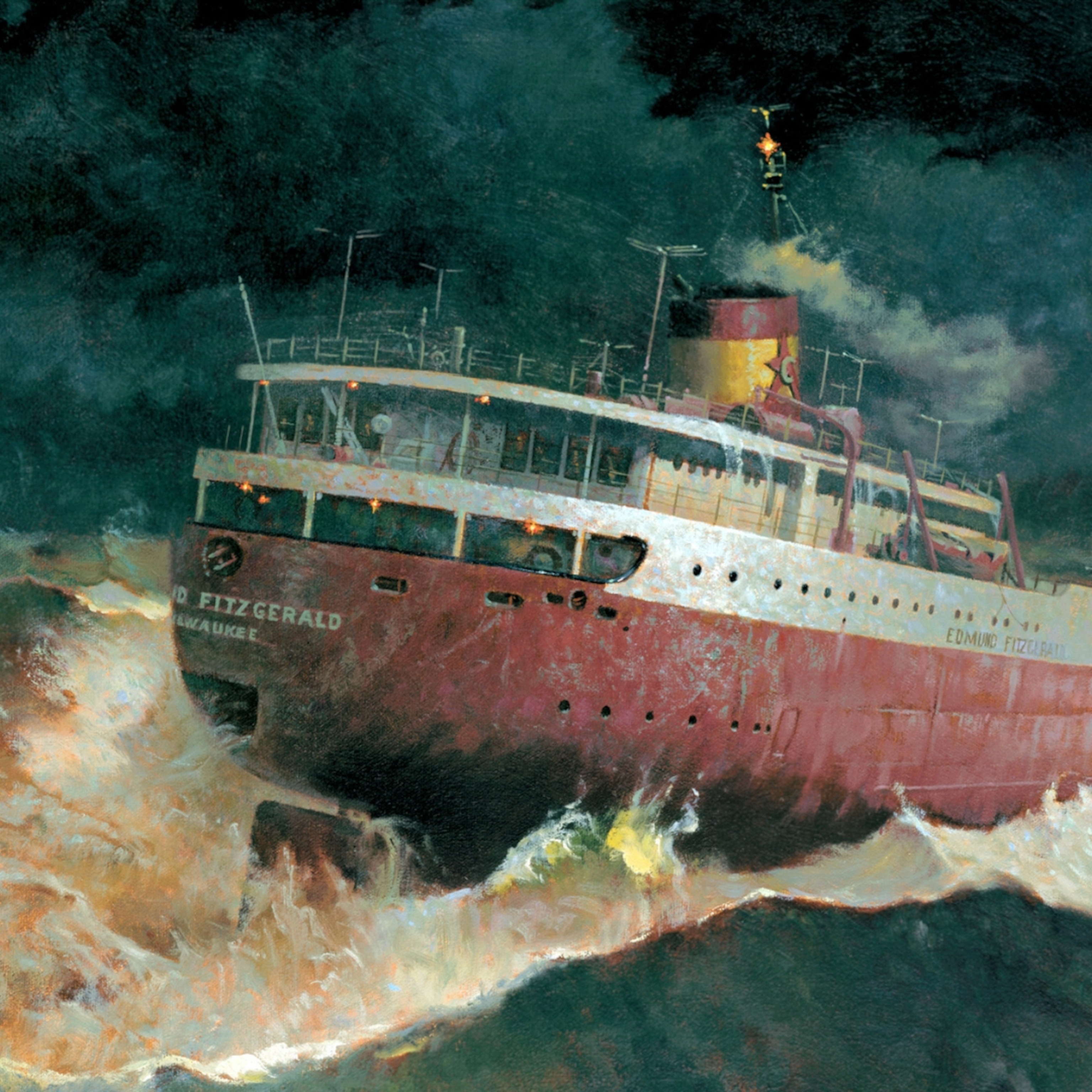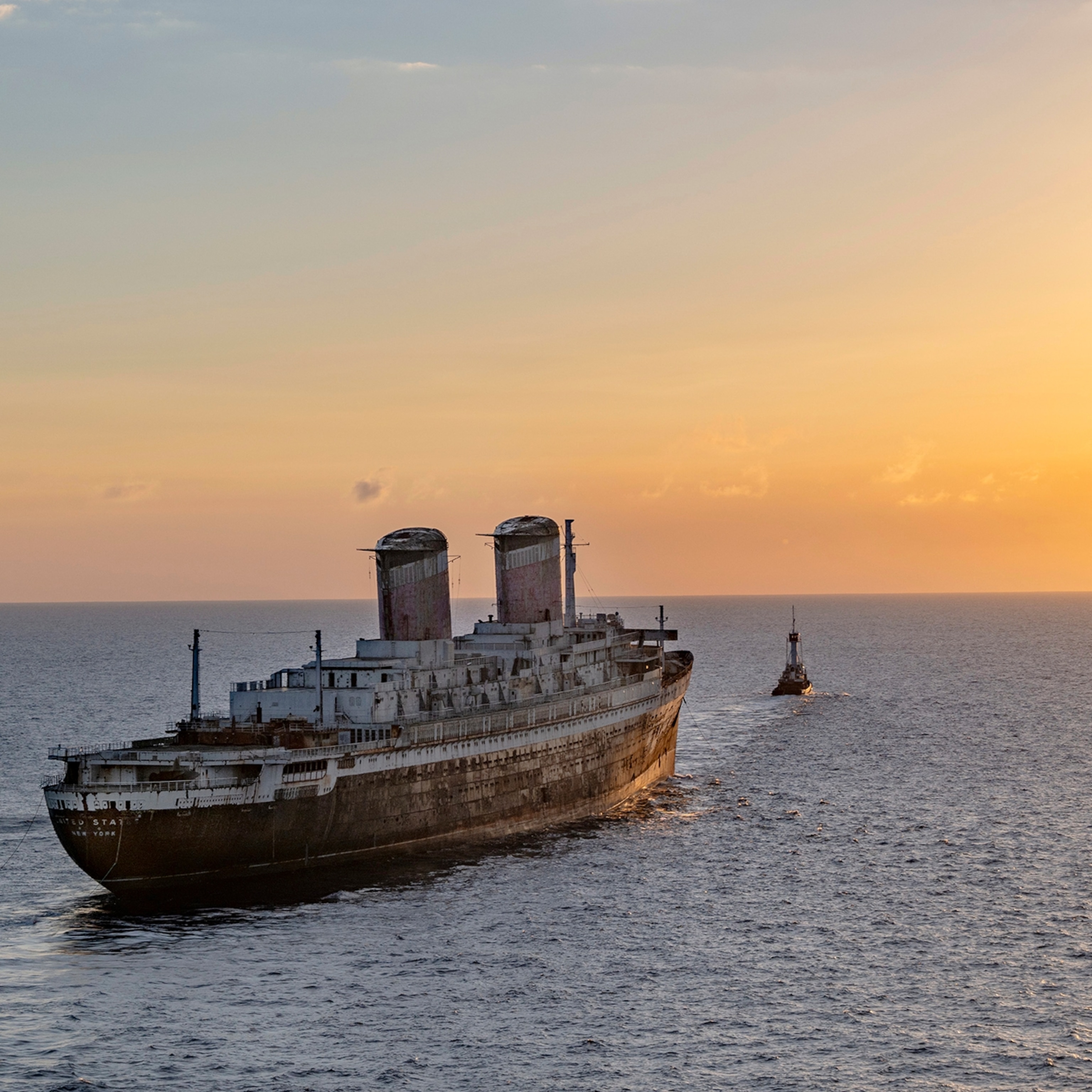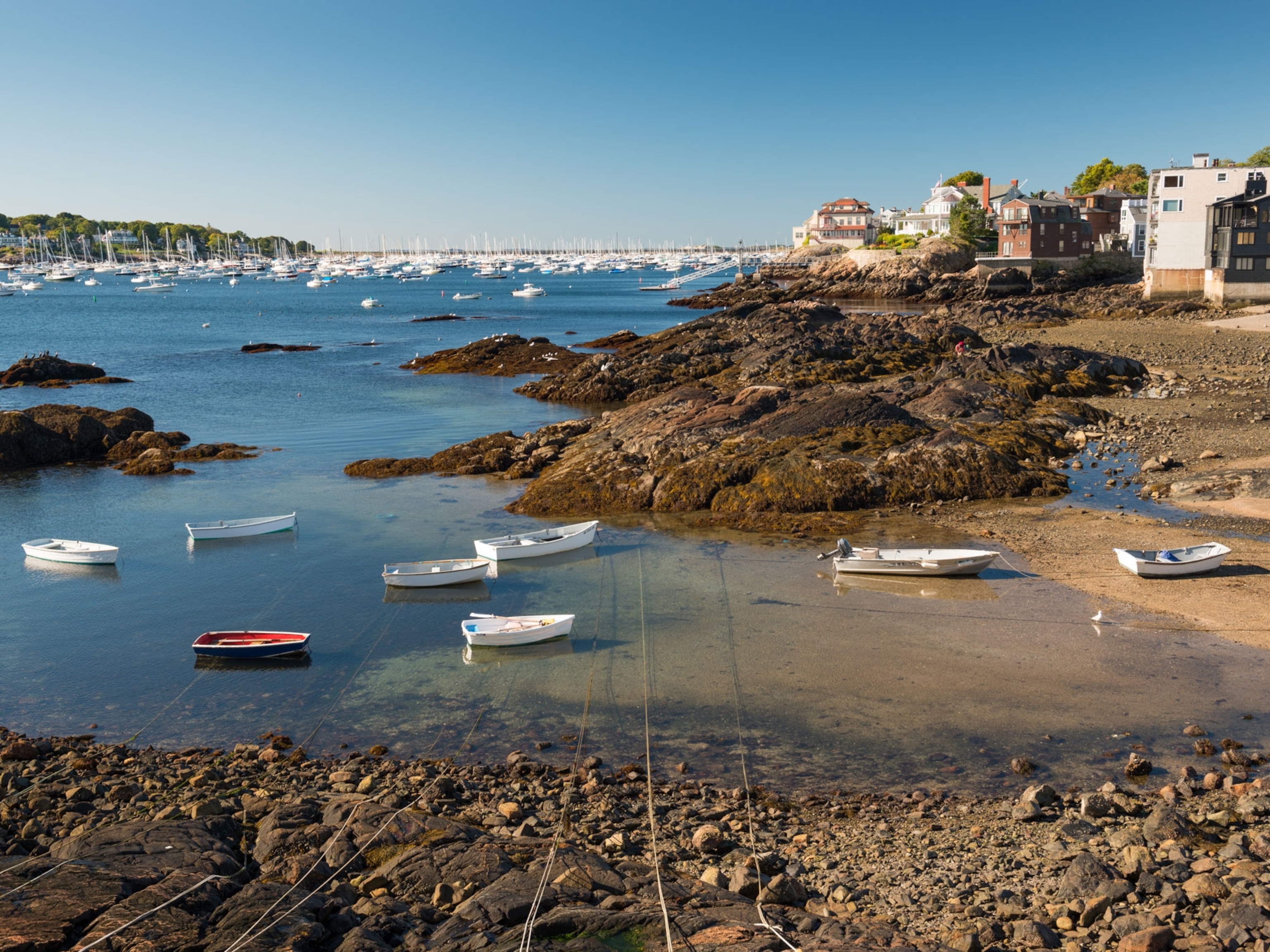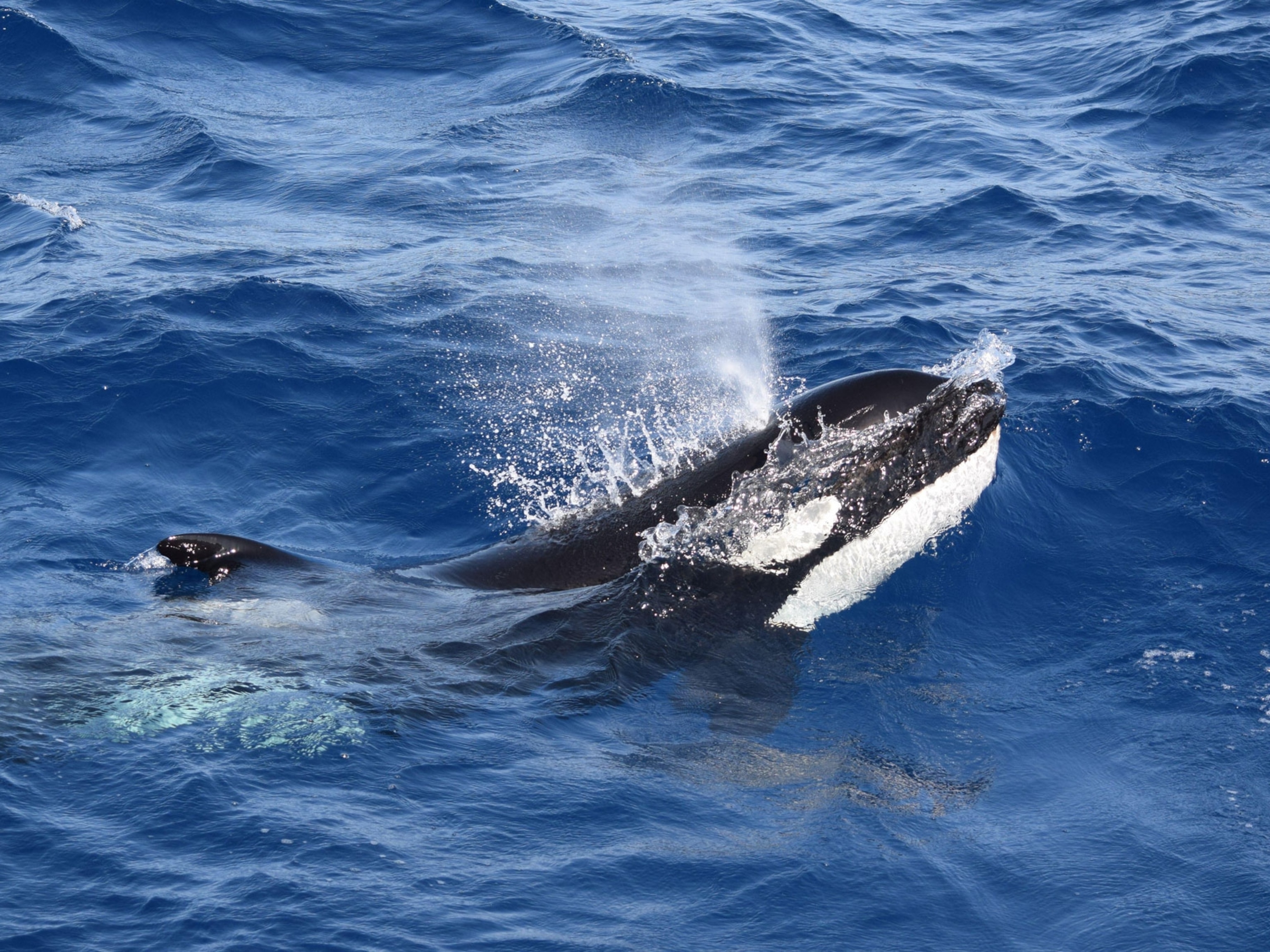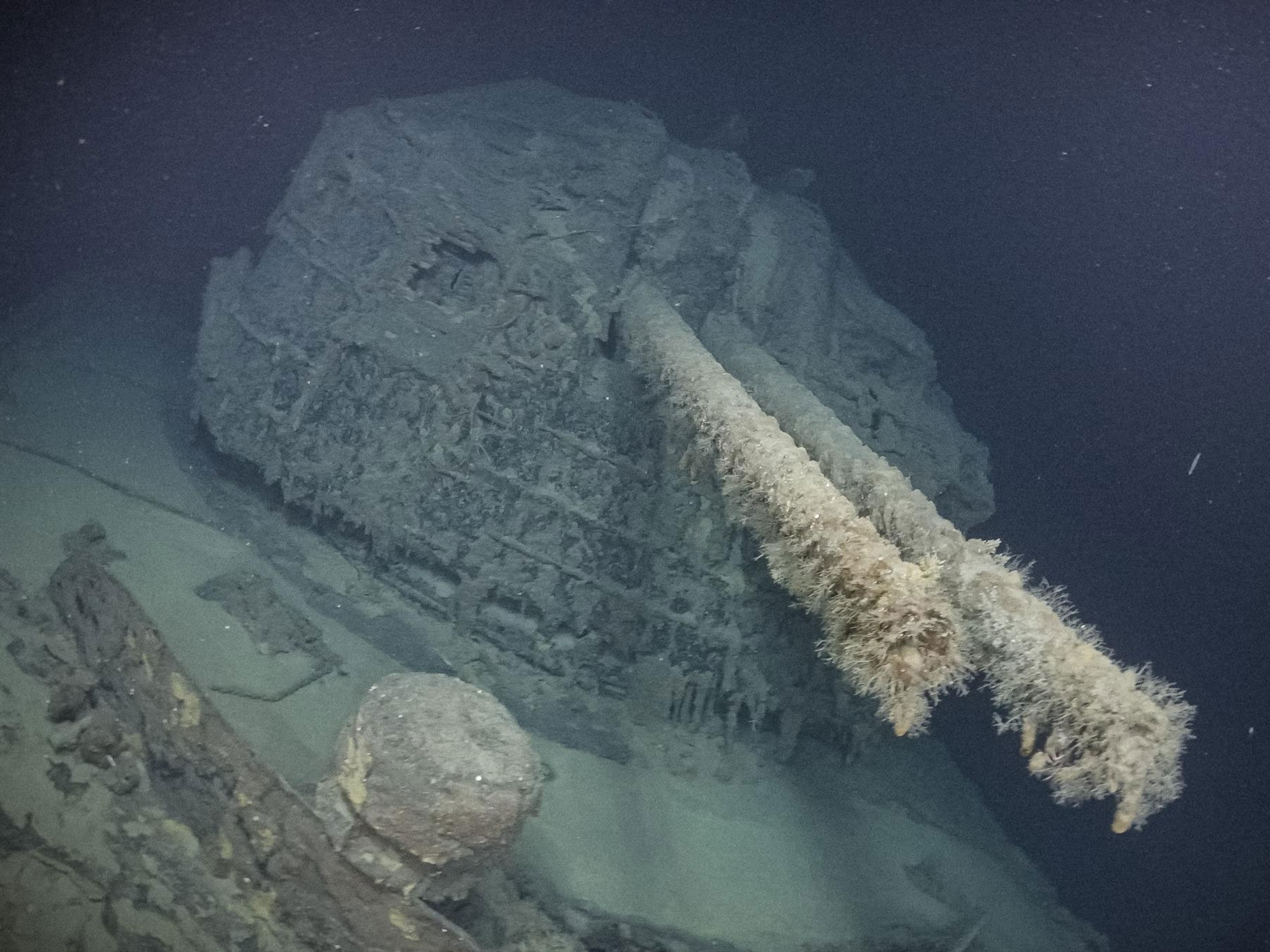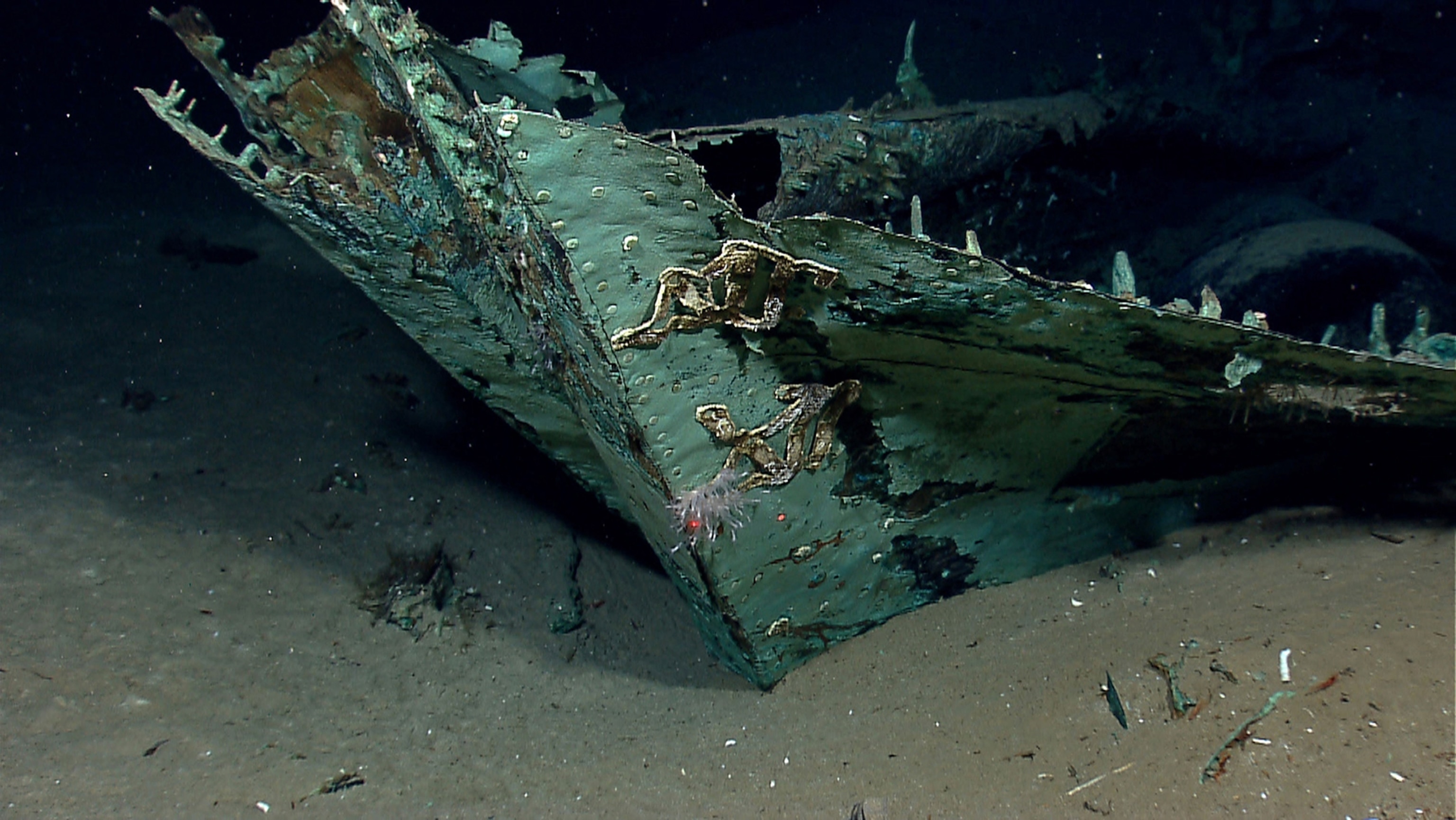
Watch Archaeologists Explore a Gulf of Mexico Shipwreck
The early 19th-century ship is the deepest wreck under investigation in U.S. waters.
Warship, privateer, or passenger ship: The identity of an early 19th-century, copper-clad shipwreck resting on the seafloor in the Gulf of Mexico (map) could be any number of things. A group of researchers is on its way to find out, and they're inviting the public along.
An advanced video broadcast system on board the Nautilus, the vessel ferrying the research team to the shipwreck, will stream a live video feed from the remotely operated vehicle's cameras to the web. Anyone with an Internet connection can listen in and watch as the scientists explore the wreck.
The well-preserved artifacts on the ship, the fact that it's armed with cannons, and its depth—it's resting in 4,300 feet (1,330 meters) of water, making it the deepest wreck under investigation in U.S. waters—are what makes this such a unique find, said Jack Irion, an archaeologist with the U.S. Bureau of Ocean Energy Management (BOEM) and one of the expedition's lead scientists.
We know a good deal about what happened on land during this time period in U.S. history, said Irion.
"You have the end of the Spanish Empire on the continental U.S.," said James Delgado, director of maritime heritage with the U.S. National Oceanic and Atmospheric Administration's (NOAA) Office of Marine Sanctuaries. Nations in the Caribbean were winning their independence, and the Texas Revolution, the Mexican War, and the War of 1812 were also key events on land, he added.
"But there's less known about the maritime history," Irion said. The Gulf of Mexico during the early 1800s was a fairly dangerous place, he noted.
Piracy, smuggling, and slavery were lucrative enterprises, and business was booming in the region. (Related: "Pictures: Slave Shackle, More Found on Blackbeard's Ship.")
This well-preserved ship could give researchers and historians a solid glimpse into potential trade routes in the area, as well as ports of call, Irion said.
A Cargo's Clues
A cursory examination in April 2012 by the NOAA vessel Okeanos Explorer revealed tantalizing glimpses of the 84-foot-long (25-meter-long) shipwreck.
There are glass bottles on the site that appear to be filled with various substances like medicine, liquor, and sauces, said Delgado.
Researchers also saw muskets, cannons, navigational equipment, what looked like a pair of eyeglasses, and various plates and serving dishes strewn around the ship. There are also the remains of what appear to be two masts that would have supported the ship's sails. (See pictures of other underwater wrecks.)
"We're not seeing anything on this wreck so far that would date past the 1840s," Delgado said.
BOEM's Irion also noted the presence of water storage jars that experts have traced to Sisal, Mexico (map), a port city on the Yucatán Peninsula. "That gives us a port that we know the ship went to at some point in its career," he said.
Under Wraps
The Shell oil company initially discovered the wreck about 170 miles (274 kilometers) southeast of Galveston, Texas, in 2011 during a survey of potential drilling sites. By law, Shell was required to notify BOEM about the find.
When NOAA sent a ship to take a look in 2012, weather concerns allowed researchers to only spend a little over two hours perusing the wreck.
But they saw enough to know that this could be a very important find. For this reason they've kept the exact coordinates of the wreck under wraps for fear of potential looting.
The public will still be able to experience the thrill of discovery though, along with a group of researchers on shore. The Nautilus—managed by a group founded by National Geographic Explorer-in-Residence Robert Ballard—and its ability to broadcast live video from the deep sea means that a larger party of scientists and historians can participate in the expedition than can fit on the ship.
"This is one the largest groups of partners working on underwater archaeology in the U.S.," said NOAA's Delgado. There are about 50 scientists involved in this expedition. "You've got archaeologists, historians, oceanographers, biologists, geologists, engineers, and professional mariners," he said.
It's also privately funded, he added, with arrangements for the collaboration organized through the Meadows Center for Water and the Environment at Texas State University.
Mysterious Life
Marine biologist and geologist William Kiene, with NOAA's Office of National Marine Sanctuaries, is one such shore-based participant. He will keep an eye on the placement of an experiment he sent with the boat from a command center on shore.
Kiene wants to see how different types of wood historically used to build boats holds up against wood-boring sea creatures. Researchers on the ship will deploy an array of samples including ash, cypress, beech, hickory, and white oak.
The plan is to come back in a couple of years to see how they've held up, Kiene said.
He'll also be able to direct investigations aboard the Nautilus when they revisit some interesting marine life.
The 2012 expedition recorded the presence of tube worms on the wreck, Kiene said. These organisms are typically found near hydrothermal vents or hydrocarbon seeps.
The biologist would love to figure out what these worms are doing on the shipwreck. "They're specialized in that they thrive on sulfur compounds," he said. But the hydrocarbons necessary for their survival don't seem to be present at the wreck site.
"One of the possibilities is the ship itself is providing an energy source for them," Kiene speculated. Either the tube worms are living off the decaying wood of the wreck, or perhaps something in the cargo is fueling their appetites.
There were indications that the ship was carrying a lot of guns, he said. You need gunpowder for guns, Irion noted, "and of course, gunpowder has sulfur. Maybe the tube worms are using the sulfur in the gunpowder on the ship, which would be quite unique."
Kiene cautions that this is just speculation at this point, but it'll be something to investigate once they get on site.
Work Is Just Beginning
Delgado is looking forward to getting to spend some time with this mysterious shipwreck and unearthing its secrets. He's also eager to figure out how the wreck has affected the deep-sea environment around it.
There are a number of materials on a ship that could impact the oceans, although more modern wrecks are perhaps more worrisome.
"We have ships that are down there which have been sunk with ordinance, with chemical agents, nerve gas—we've got ships down there that have radioactive material," he said.
How organisms react to such material and whether any toxins make their way into the food chain are important questions to ask, Delgado said.
"[But] you have to come back with hard data," he said. Merely doing sensor sweeps, rather than visiting yourself, isn't the same. It's like taking a look at downtown Rome on Google Earth and thinking you've fully explored Rome, he added.
"Exploration is necessary, discovery happens, and there's a lot left to find," Delgado said. "The moment we lose that curiosity is a sad day for humanity."
Follow Jane J. Lee on Twitter
